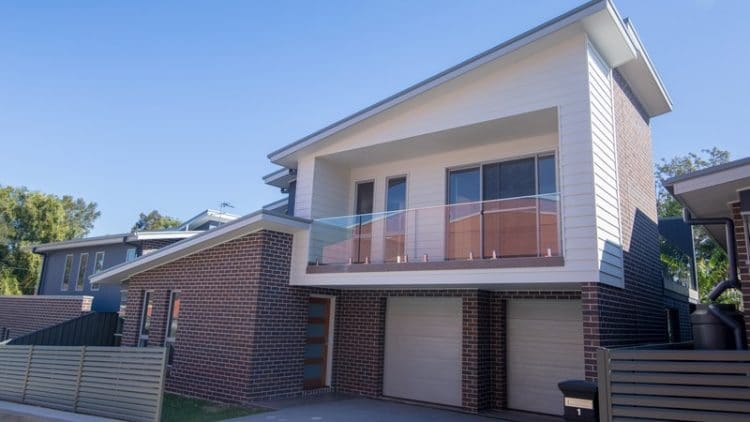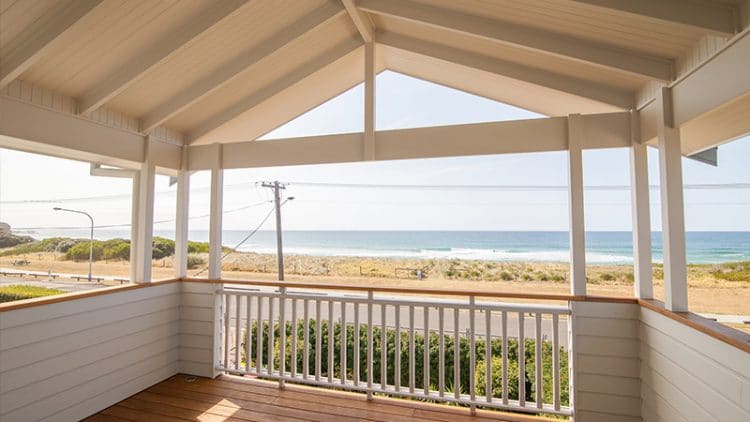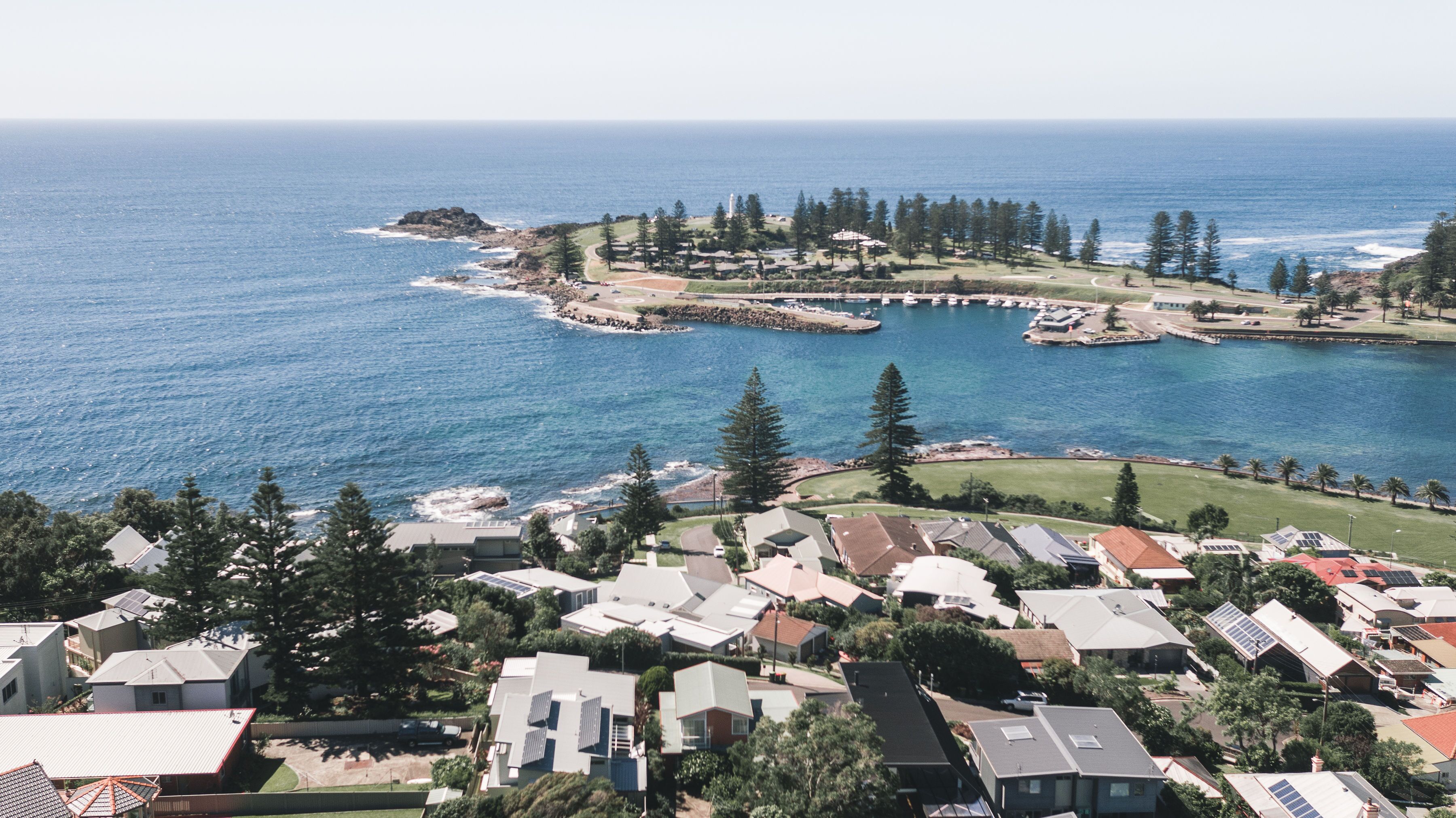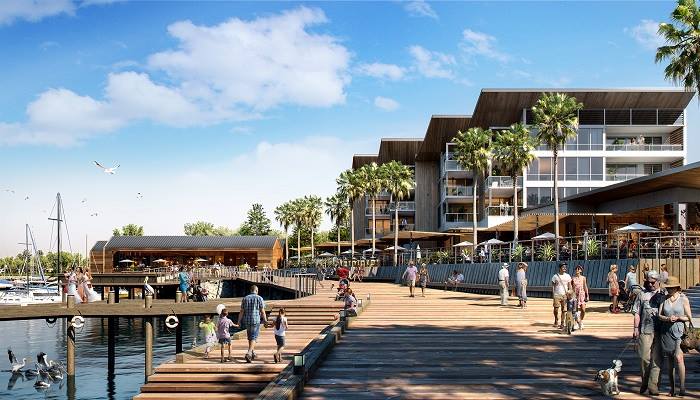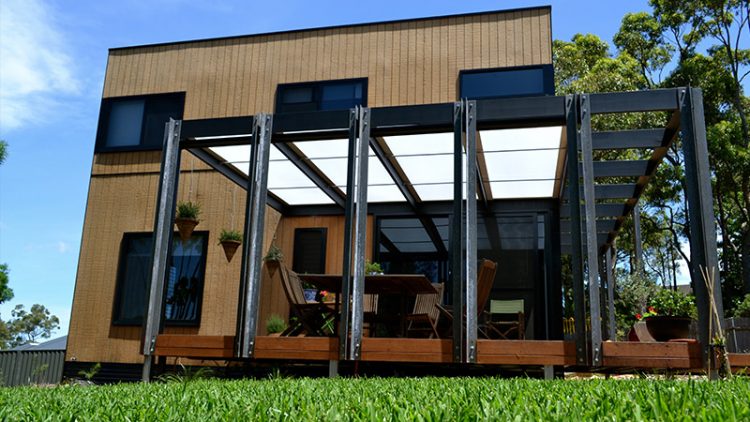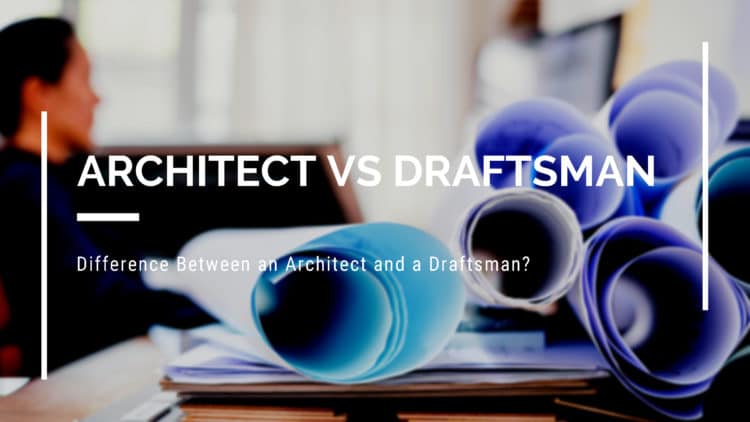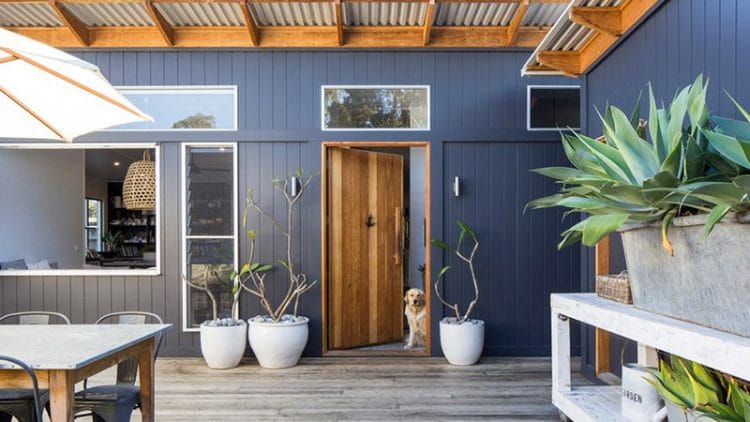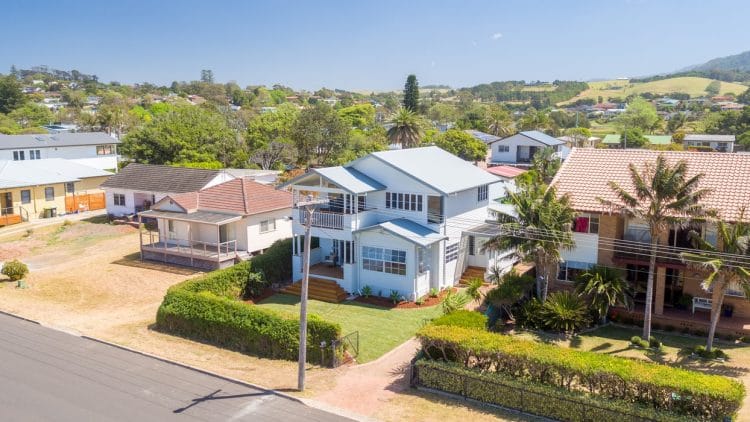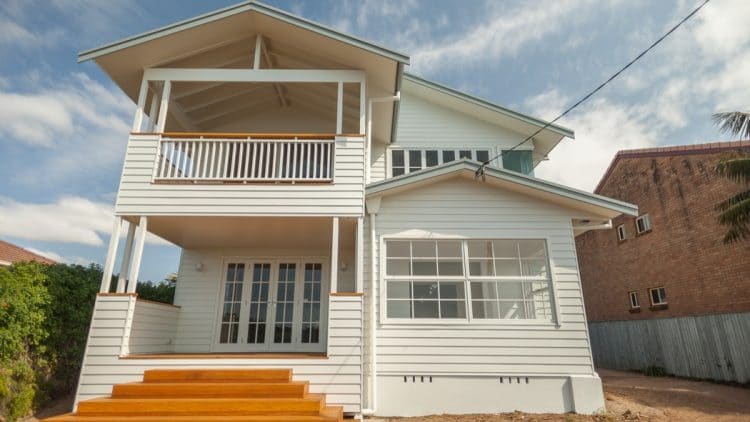Everything you Need to Know About Building a Dual Occupancy Home
Over the last few years, we’ve noticed a rise in dual occupancy, or multi-dwelling developments. With large blocks of land, many homeowners are taking advantage of the additional space, utilising innovative design and construction techniques to double their return and introduce an investment property onto their land. If you’re looking to build in 2019, this could be an option for you.
What is a dual occupancy home?
A dual occupancy, or multi-dwelling development, is the construction of two properties on the one block of land. There are a number of layouts but the most common are two attached homes sitting side by side (facing the street), or one sitting behind the other (with driveway access to the rear property).
What are the benefits of dual occupancy?
New South Wales’ South Coast features lots of open space, making it the perfect area in which to build a dual occupancy development. Should you be building your dream home, a second property allows you to develop a secondary stream of income, to either sell or rent. If you are a developer, opting for a dual occupancy design means you have double the properties to sell, increasing your potential return.
What to consider when building dual occupancy?
As with any building project, there are quite a few elements to consider when opting for a dual occupancy development. Here are just a few:
- Size of block – minimum lot sizes and street frontages are the first cross check when looking at a site, each council has different rules on this so be sure to do your homework. Positioning – depending on your design, you will need to consider where to put access elements like driveways, taking trees and electricity poles into consideration.
- Approvals – dual occupancy requires specific approvals from your local council, as the legislation is a little more complex. If you’re on a short timeline, this may be a turn off!
- Costs – while there is potential to increase your return at the end, building two homes can mean double the costs! Finishes and furnishings will need to be multiplied by two, increasing your final bill dramatically.
How Smartbuild can help
As local builders and residents, we’ve watched the rise in multi-dwelling developments over the past few years, and as such, have developed the necessary skills and knowledge to create a marketable dwelling for you. Whether you’re a homeowner looking to sell or rent the second house, or building investment properties, we can help bring your vision to life. We also have fantastic ongoing relationships with real estate agents and architects in the local market, meaning we can offer expert advice on how to attract the best buyers.

